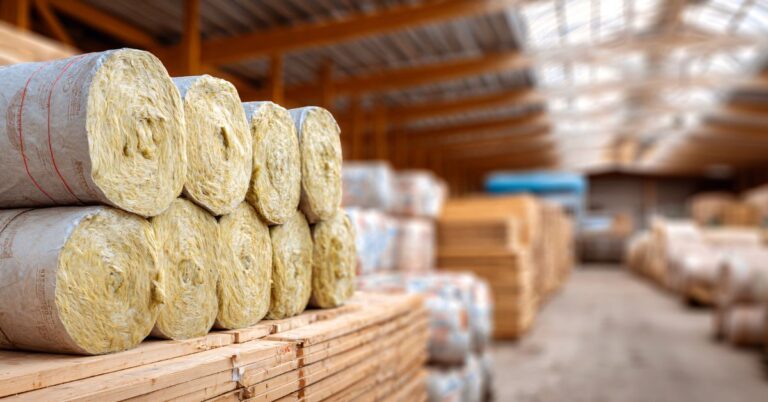Building a new home or commercial property in Melbourne is an exciting process—but it’s also complex. Every successful build follows a structured construction process, divided into clear phases and stages.
Whether you’re a homeowner planning your dream residence or a developer starting a large-scale project, understanding these construction phases helps you stay informed, manage expectations, and avoid costly delays.
In this guide, we’ll explore each building stage in detail—from planning to handover—so you know exactly what to expect at every milestone of your Melbourne construction journey.
1. Planning and Design Phase
Before any soil is turned, your project begins with planning and design. This phase is crucial for laying the foundation of your build—both literally and legally.
Key steps include:
- Initial consultation: Discuss goals, budget, and requirements with your architect or designer.
- Site assessment: Evaluate land conditions, soil quality, and service connections.
- Concept design: Create detailed architectural drawings.
- Engineering review: Ensure structural stability and compliance with building codes.
- Council approval: Secure planning permits or approvals from your local Melbourne council.
This phase may take several weeks or months depending on the project size and council requirements. Proper planning reduces risks during later building stages.
2. Site Preparation and Earthworks
Once approvals are in place, it’s time to prepare the site for construction. This is the first physical stage of the building process.
Typical tasks include:
- Clearing vegetation, debris, and obstacles.
- Leveling or grading the land.
- Setting up temporary fencing and site facilities.
- Excavating for foundations or basements.
- Installing drainage and service connections.
Site preparation ensures your land is stable and ready for the foundation—one of the most critical construction steps.
3. Foundation and Slab Phase
This stage marks the official start of your build. The foundation supports your entire structure, so accuracy and quality are essential.
What happens during this phase:
- Trenches are dug for footings and foundations.
- Steel reinforcements are placed.
- Concrete is poured for footings and slab.
- Plumbing and conduits are embedded.
Once the concrete slab has cured, you’ll reach your first major building milestone—a solid base ready for framing.
4. Frame Construction Phase
The frame stage gives your project its shape and structure. This is when you can start visualising your new home or building.
This phase includes:
- Erecting wall frames, roof trusses, and support beams.
- Installing windows, door frames, and basic roofing.
- Ensuring alignment and structural integrity through inspection.
By the end of this stage, the building outline is visible. In Melbourne, a frame inspection by a registered building surveyor is typically required before proceeding.
5. Lock-Up Phase
The lock-up phase refers to securing the building so it’s weatherproof and safe from external elements.
Typical work includes:
- Installing external walls and cladding.
- Fitting windows and external doors.
- Completing roofing and gutters.
- Starting electrical and plumbing rough-ins.
At this stage, your property looks almost complete from the outside. You can “lock it up,” hence the name, while internal works begin.
6. Fixing and Fit-Out Phase
This is the stage where the interior starts to come to life. The fixing phase focuses on the installation of internal components and finishes.
Key tasks:
- Plastering walls and ceilings.
- Installing cabinetry, skirting, architraves, and internal doors.
- Plumbing and electrical fixtures installed (taps, lights, switches).
- Painting and tiling.
This phase often takes the longest because it involves detailed craftsmanship and coordination across multiple trades.
7. Final Inspection and Practical Completion
Once the internal work is complete, it’s time for a final inspection. This ensures everything meets building standards and the original plans.
Typical steps include:
- Builder walkthrough to identify minor defects.
- Testing electrical, plumbing, and appliances.
- Rectifying outstanding issues.
- Obtaining an Occupancy Permit or Certificate of Final Inspection from the building surveyor.
Reaching practical completion means the home or building is ready for occupation, pending final cleaning and handover.
8. Handover and Post-Construction Phase
The last stage is the handover—a rewarding milestone for both builder and client.
During this phase:
- The builder provides keys, warranties, and manuals.
- You review all completed work.
- A final payment is made after you confirm satisfaction.
After handover, you enter a defects liability period—usually 3 to 6 months—where the builder must fix any emerging issues.
Building Milestones at a Glance (Summary View)
- Planning & Design
- Site Preparation
- Foundation & Slab
- Frame Construction
- Lock-Up
- Fixing & Fit-Out
- Final Inspection
- Handover
Each of these construction phases builds upon the previous one, ensuring your Melbourne project progresses smoothly from concept to completion.
Tips for Managing Each Construction Step
- Stay informed: Request regular progress updates and reports.
- Track payments: Link payments to completed stages, not fixed dates.
- Communicate early: Raise questions or concerns before moving to the next phase.
- Inspect regularly: Attend site visits with your builder or surveyor.
- Document everything: Keep written records of variations or changes.
Active involvement ensures transparency and helps prevent misunderstandings between you and your builder.
Why Understanding Construction Phases Matters
Many project delays and disputes occur because homeowners don’t fully understand how each stage connects. By knowing the project workflow, you can:
- Plan finances accurately.
- Anticipate key milestones.
- Identify potential bottlenecks early.
- Ensure compliance with building standards.
- Maintain realistic expectations about timelines.
Knowledge is your best protection throughout the building process.
Conclusion
Every building project in Melbourne follows a predictable path—eight key construction phases that guide you from planning to handover.
Understanding these building stages empowers you to make informed decisions, communicate clearly with your builder, and ensure your project stays on time and within budget.
From site preparation to final inspection, each phase brings you one step closer to your dream home or successful development.
Suggested Internal Link: “Construction Timeline Melbourne” or “Building Process Melbourne”
Suggested External Link: Victorian Building Authority – Building Stages Guide




